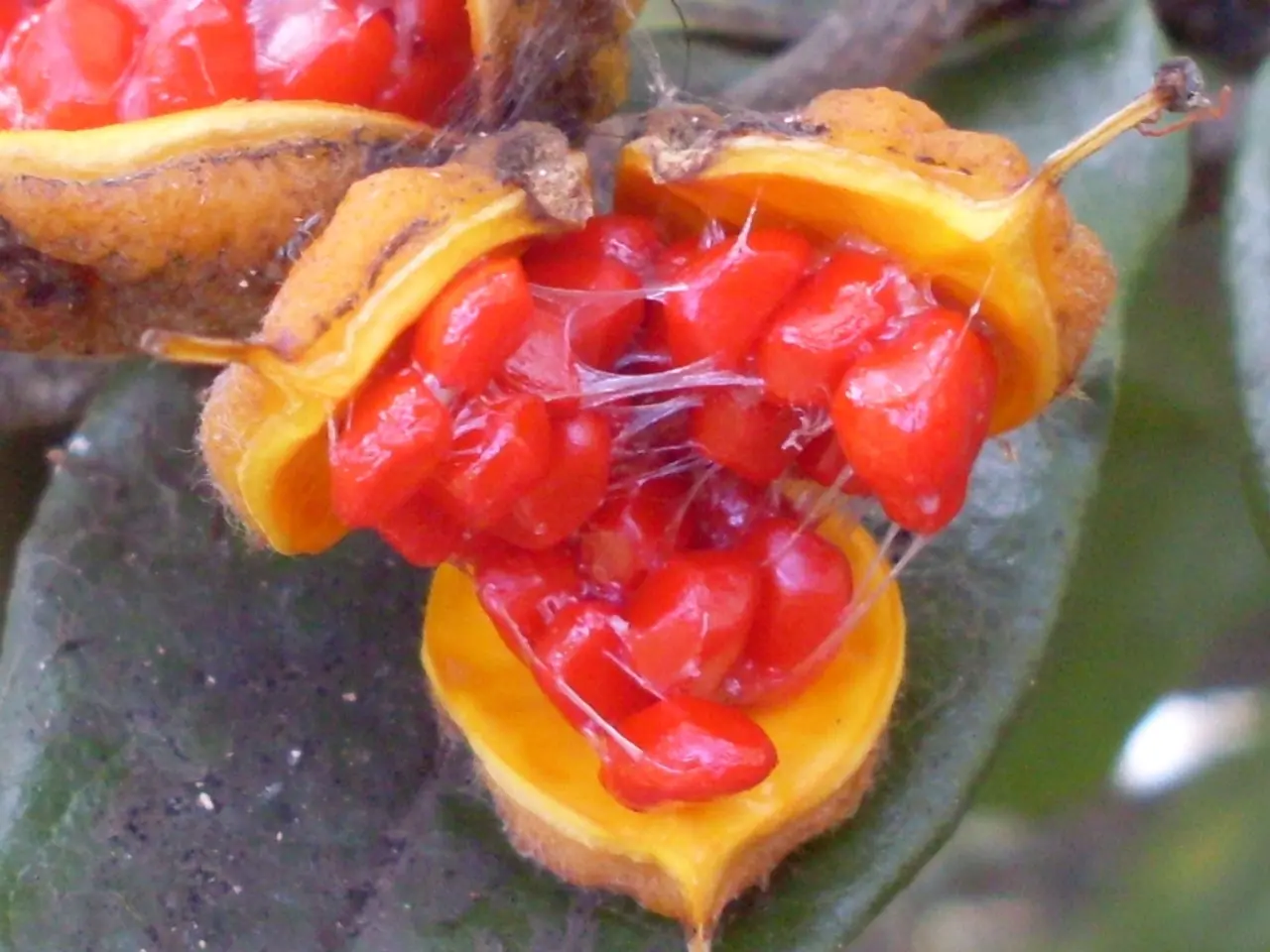Underground Mycorrhizal Networks Allow Trees to Communicate Worldwide, Discussing by Means of Vegetative Channels
Unveiling the Underground Forest Internet: The Wonders of Mycorrhizal Networks
In the heart of our forests lies an intricate, interconnected web of life, often unseen yet vital to the health and resilience of our planet's ecosystems. This network is known as the Wood Wide Web, a vast underground fungal connection linking the roots of different plants, especially trees, enabling them to share nutrients, water, and chemical signals.
At the core of this network are mycorrhizal fungi, forming symbiotic relationships with plant roots. These microscopic, thread-like structures, known as mycorrhizal hyphae, extend far into the soil, connecting multiple plants into a single underground network.
Through this connection, trees and plants communicate and share resources like carbon and nutrients, helping support weaker or younger individuals by redistributing resources where needed. This sharing and communication enhance the forest's overall health, biodiversity, and resilience to stressors such as drought or disease.
The fungi can also regulate soil processes, including nitrogen metabolism and root growth traits that optimize nutrient uptake. One of the most striking examples of this regulation is seen in the mycelium of the largest fungi, such as Armillaria ostoyae, which can cover over 9 square kilometers.
Mycorrhizal associations are present in over 90% of land plant species and are found in all temperate, boreal, and tropical forests. These networks have a high diversity of mycorrhizal fungi, even in forests with low plant diversity, such as boreal forests.
This underground network plays a crucial role in climate regulation by drawing carbon deep into soils, thus influencing carbon cycling and storage. Some studies suggest that plants can recognize their "relatives" and adjust their communication accordingly, adding another layer of complexity to this intricate web of life.
In summary, mycorrhizal networks function as underground biological highways that mediate resource exchange and communication among forest plants, fostering interdependence that sustains ecosystem stability and productivity. The plant gains improved access to water and minerals, while the fungus receives sugars produced by photosynthesis. This underappreciated phenomenon, one of the most widespread in nature, is a testament to the intricate and interconnected nature of our planet's ecosystems.
References: 1. Bever, R. A., & Camill, P. (2016). The ecology of mycorrhizal networks. New Phytologist, 209(3), 847-858. 2. Read, D. J., & Perez Moreno, M. (2003). Mycorrhizal networks: a review of their structure, function and ecology. New Phytologist, 157(3), 425-442. 3. Smith, J. D., & Read, D. J. (2008). Mycorrhizal networks and carbon sequestration. Trends in Ecology & Evolution, 23(11), 576-582. 4. Johnson, D. W., & Graham, D. E. (2006). Mycorrhizal networks: the hyphal highway. Annual Review of Plant Biology, 57, 453-474. 5. Wu, D., & Zhu, F. (2019). Mycorrhizal networks in plant-soil systems: structure, function, and ecological implications. Trends in Plant Science, 24(3), 199-209.
In the realm of environmental science, the underappreciated mycorrhizal networks extend into our home-and-garden soils, forming a minimal yet crucial part of the lifestyle that fosters the growth and resilience of our plants. These intricate webs not only facilitate the sharing of resources like carbon and nutrients among plants but also help regulate soil processes, thereby playing a significant role in the overall health and biodiversity of our forests.




